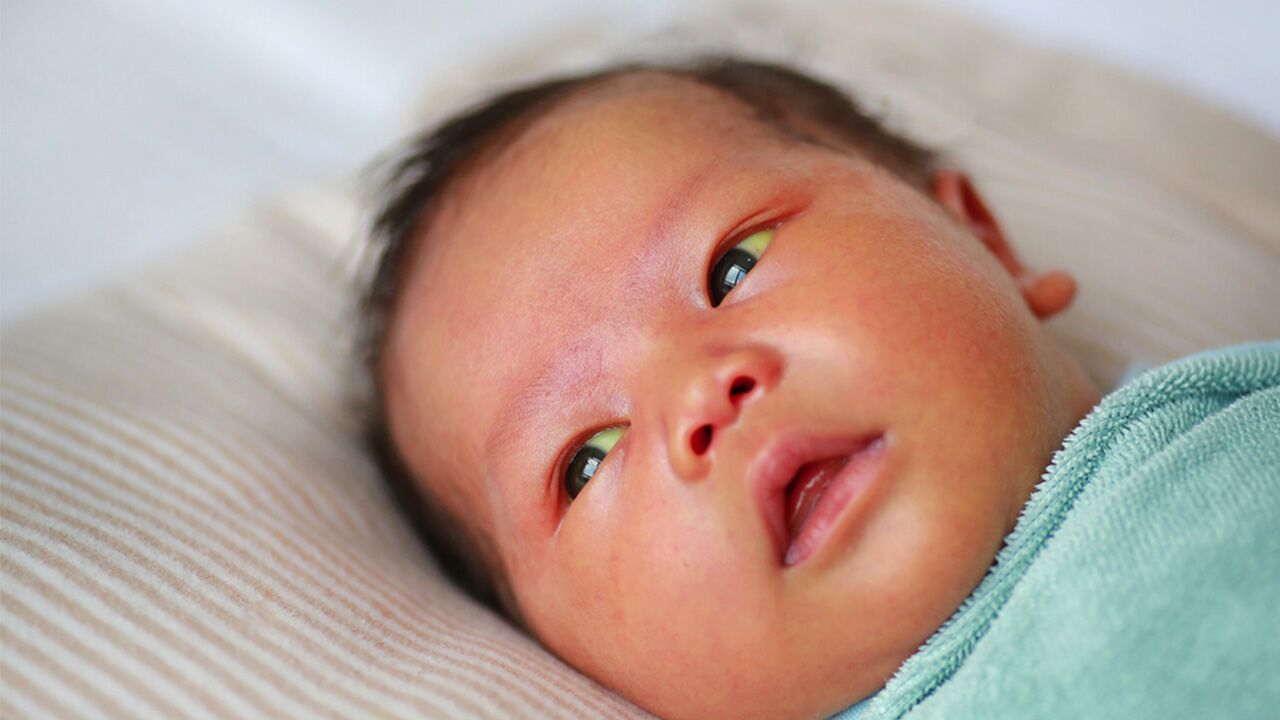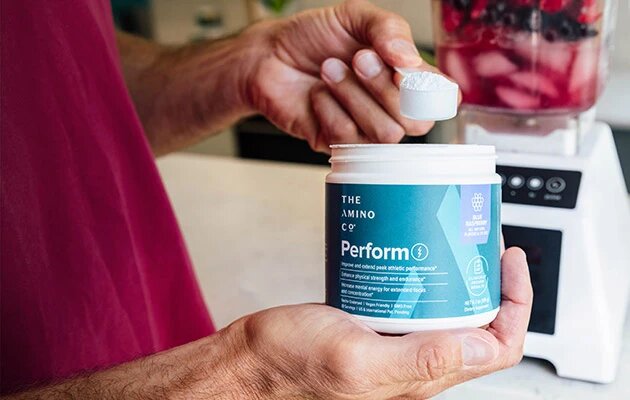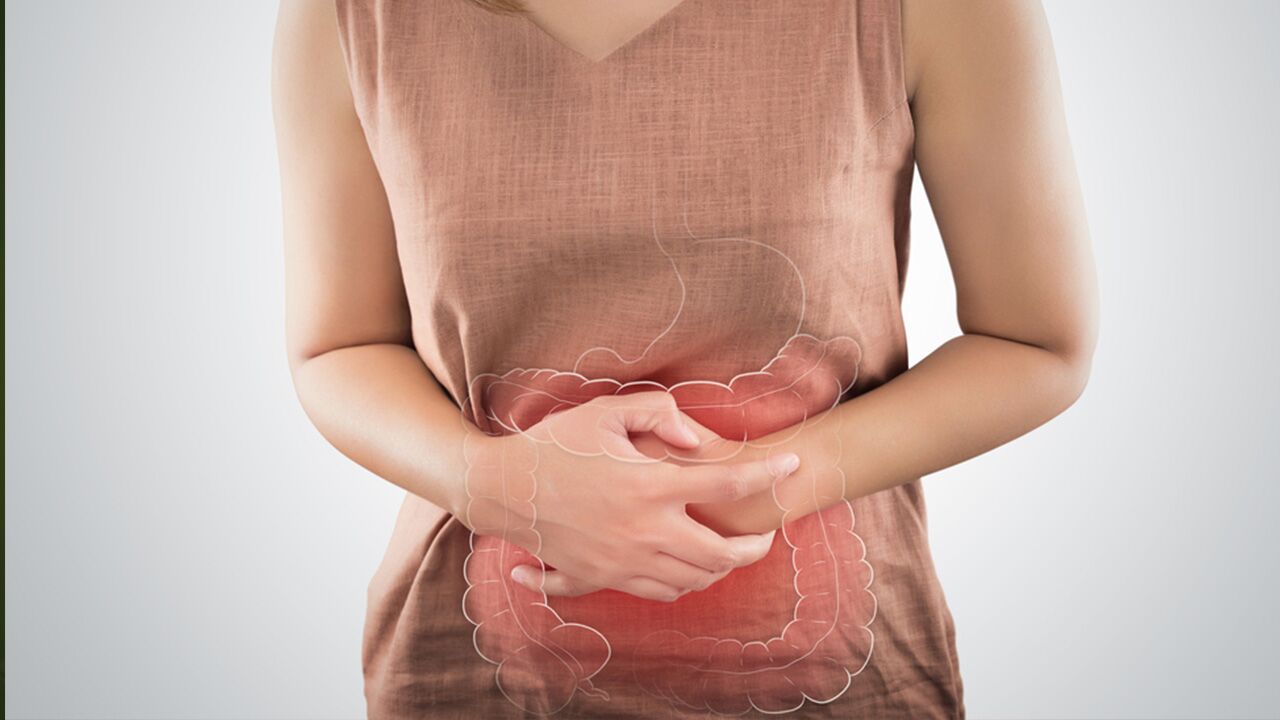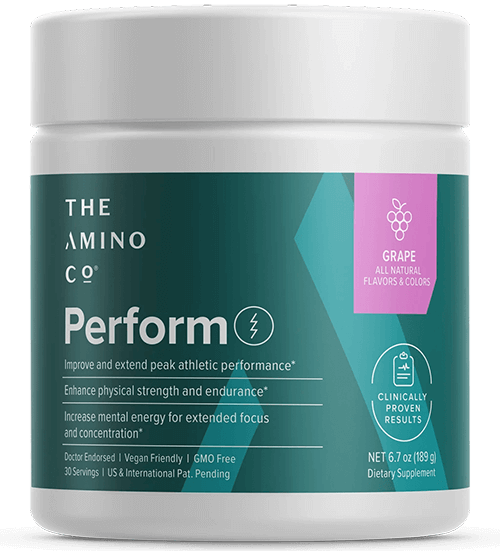What Is Jaundice? Causes, Symptoms, Treatments
 By: by Amino Science
By: by Amino Science

If you notice your skin has taken on a yellow hue or the whites of your eyes are yellowing, you may have jaundice due to a buildup of a chemical called bilirubin. Perhaps you are familiar with this condition, especially if you have children, since almost 60% of infants born in the United States have jaundice. We’ll take a look at what causes jaundice, the symptoms to look out for, how jaundice is diagnosed, and the treatment options available.
What Is Jaundice?
Jaundice is a disease that causes your skin and the whites of the eyes to yellow. It is common in newborn babies, but adults can get jaundice as well.
This condition occurs when the levels of bilirubin in your blood are too high. Bilirubin is a yellow-orange substance found in your red blood cells, and when those cells break down, your liver filters the bilirubin from your bloodstream.
Other chemicals attach to the bilirubin as it reaches your liver, forming a substance called conjugated bilirubin. Your liver produces bile, which combines with this conjugated bilirubin and is then eliminated from the body. If too much bilirubin accumulates, it can leak into surrounding tissues, resulting in hyperbilirubinemia. This buildup causes the yellowing of the skin and eyes that typifies jaundice.
Jaundice falls into three categories:
- Obstructive jaundice: This type of jaundice occurs when a bile duct becomes blocked and the liver cannot clear bilirubin effectively.
- Hemolytic jaundice: Hemolysis, or rupturing of red blood cells, causes a spike in bilirubin production.
- Hepatocellular jaundice: The liver loses its ability to excrete waste due to cirrhosis, alcoholic liver disease, or varying forms of hepatitis.
When severe jaundice is left untreated, it can lead to a condition called kernicterus. This is a form of brain damage that occurs when the level of bilirubin becomes so high that bilirubin moves from the blood to the brain tissue.
Newborn Jaundice
When a women is pregnant, the mother’s liver takes on the job of removing bilirubin from her baby’s liver, but once the baby is born, the newborn's liver must be able to remove the bilirubin on its own. In some babies, especially if they are born prematurely, their liver has trouble eliminating bilirubin effectively and it accumulates in the baby's blood. Fortunately, most newborns with infant jaundice improve on their own within two to three weeks as the liver further develops and the baby begins to feed. This helps bilirubin pass through the body and gets rid of any buildup.
All newborn babies are typically examined for jaundice in the first few days after birth, and then again when they visit their pediatrician. If an infant has jaundice for longer than 3 weeks, an underlying condition may need to be explored. Brain damage, hearing issues, and cerebral palsy all have been linked to prolonged, high levels of bilirubin.
Jaundice Symptoms
Common symptoms of jaundice include:
- Yellowing of eyes and skin
- Urine that is darker than usual
- Pale stools
- Fever
- Fatigue
- Itchy skin
- Vomiting and stomach pain
- Loss of weight
In babies, the yellowing may appear within two to four days after birth and commonly begins in the baby's eyes and skin and then spreads across the baby's body. If you suspect your baby has jaundice, contact your pediatrician for an appointment. Do not delay if you notice the yellow color deepening or spreading, your baby has a high fever, is excessively crying, or stops eating.

Causes of Jaundice
You may never encounter jaundice, as it is not very common among adults, but if it does show up, it may be an indicator that an underlying medical condition is at play. The cause of jaundice may be due to:
- Acute or chronic hepatitis: These types of jaundice are either caused by a virus or high alcohol consumption.
- Cancer: Certain cancers can block the bile duct, causing jaundice.
- Cirrhosis: A chronic liver disease, cirrhosis can scar normal liver tissue and impair function.
- Drugs or toxins: Drugs like acetaminophen, steroids, penicillin, birth control pills, and other toxins have been linked to liver issues.
- Blocked bile ducts: Responsible for carrying bile from your liver and gallbladder to your small intestine, bile ducts can sometimes get blocked by gallstones, parasites, liver diseases, or cancer and damage liver function.
- Gilbert’s syndrome: This disease affects how your liver enzymes rid your body of bile.
- Cholestasis: This condition interrupts the flow of bile from the liver, causing a buildup of bilirubin.
- Anemia: When red blood cells are broken down, bilirubin levels can increase.
How Is Jaundice Diagnosed?
Any signs of jaundice should give you good reason to seek medical attention to avoid complications or further issues. If jaundice is suspected, your health care provider will administer a blood test that measures your bilirubin levels and conduct a physical exam to confirm or deny a jaundice diagnosis. Your doctor may also order further tests, including imaging tests, to take a closer look at your liver.
A simple finger press test can show if your skin or your baby’s skin has a yellow hue. When you press against the skin, a temporary yellow imprint is left behind when your finger is lifted. Many times if a baby is suspected of having jaundice shortly after birth, this test and blood samples are taken to keep a close eye on bilirubin levels and the overall health of the child.
How Is Jaundice Treated?
It is the condition causing your jaundice that will need to be identified and remedied before your jaundice symptoms disappear. If your jaundice is a result of anemia, you may be treated by increasing the amount of iron in your blood with iron supplements or foods high in iron. If hepatitis is the initial cause, once you have a course of medication, your liver function will begin to improve and high bilirubin levels should return to normal. If your liver bile ducts are blocked, surgery may help remove the blockage so your liver can return to normal function.
Most babies with mild jaundice will not require treatment because their liver will begin to grow and mature and be able to clear excess bilirubin. If your family physician feels it is necessary to give them an extra boost and speed up the process, phototherapy may be ordered. Phototherapy uses light from a lamp called a bili-light or a bili-blanket to break up bilirubin in the body. While protecting their eyes, your naked baby is exposed to the light for periods of time to help their body clear the excess bilirubin. If excessively high levels of bilirubin are at play, then the doctor may order a blood transfusion called an exchange transfusion.
Jaundice is closely tied to liver function, and it is essential that you maintain the health of this important organ by eating a healthy diet, cutting back on alcohol, and maintaining a regular exercise routine. You can also help support liver health with essential amino acids. Learn more here.

Up to 25% off Amino
Shop NowTAGS: conditions
Join the Community
Comments (0)
Most Craveable Recipes




 833-264-6620
833-264-6620



















